一、RTO Summary of Thermal Incinerator
RTO Also known as regenerative thermal incinerator, it is a kind of environmental protection equipment that combusts exhaust gas directly by means of heat energy. It can deal with exhaust gas from almost all industries, such as spray paint, baking paint, printing, plastics, chemical industry, electrophoresis, painting, electronics, etc. For the exhaust gas with concentration ranging from 100 to 3500 mg/m, RTO has the effect that other purification technologies can not achieve. In addition, high concentration organic exhaust gas can also be absorbed and concentrated into RTO direct combustion device.
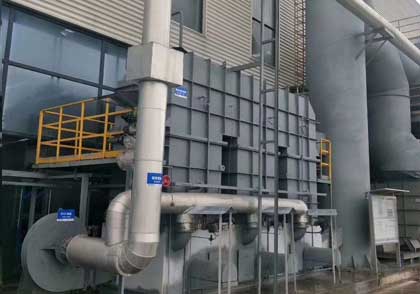
RTO main structure of regenerative thermal incinerator is composed of
combustion chamber, ceramic packed bed and switching valve. Ceramic packed bed can maximize the recovery of heat energy. After heat
monitoring, the recovery rate reaches 95%. Therefore, when RTO is used
to treat industrial organic waste gas (VOCs), the demand can save a lot
of fuel consumption, reduce the cost of waste gas purification and
easily pass the environmental assessment.

Structural drawing
I. Working Principle of RTO Incinerator
RTO will heat the organic waste gas to 760 above, the organic waste gas will undergo thermal oxidation reaction to produce non-toxic CO2 and hydrogen peroxide, so as to achieve the effect of purifying the waste gas.
RTO recovers heat in the whole process of work, and the recovery rate of heat energy reaches more than 95%. It realizes the dual purpose of waste gas purification and environmental protection and energy saving. It is an excellent choice for treating medium and high concentration volatile organic waste gas.
Principle of RTO regenerative thermal incinerator: After pretreatment of organic waste gas, it is heated to a certain temperature (usually 730-780 C), so that the organic components in the exhaust gas can be oxidized and reduced to form small molecular inorganic substances (such as CO2, H2), which are discharged into the atmosphere through fans and chimneys. The high temperature gas generated by oxidation passes through the ceramic regenerator, which warms the ceramic body up to "heat storage" and is used to treat the subsequent organic waste gas, thus saving a lot of fuel.
In RTO system, several regenerators are installed to ensure that each regenerator undergoes the procedures of regeneration, exothermic, cleaning and so on, and works continuously from beginning to end. Clean air should be introduced to clean the regenerator after "exothermic", and the "regenerative" procedure can be entered after the cleaning is completed. Otherwise, the residual exhaust gas molecules will be discharged into the atmosphere with the chimney, thus reducing the treatment efficiency.
RTO recovers heat in the whole process of work, and the recovery rate of heat energy reaches more than 95%. It realizes the dual purpose of waste gas purification and environmental protection and energy saving. It is an excellent choice for treating medium and high concentration volatile organic waste gas.
Principle of RTO regenerative thermal incinerator: After pretreatment of organic waste gas, it is heated to a certain temperature (usually 730-780 C), so that the organic components in the exhaust gas can be oxidized and reduced to form small molecular inorganic substances (such as CO2, H2), which are discharged into the atmosphere through fans and chimneys. The high temperature gas generated by oxidation passes through the ceramic regenerator, which warms the ceramic body up to "heat storage" and is used to treat the subsequent organic waste gas, thus saving a lot of fuel.
In RTO system, several regenerators are installed to ensure that each regenerator undergoes the procedures of regeneration, exothermic, cleaning and so on, and works continuously from beginning to end. Clean air should be introduced to clean the regenerator after "exothermic", and the "regenerative" procedure can be entered after the cleaning is completed. Otherwise, the residual exhaust gas molecules will be discharged into the atmosphere with the chimney, thus reducing the treatment efficiency.

 Huaxi EP
Huaxi EP


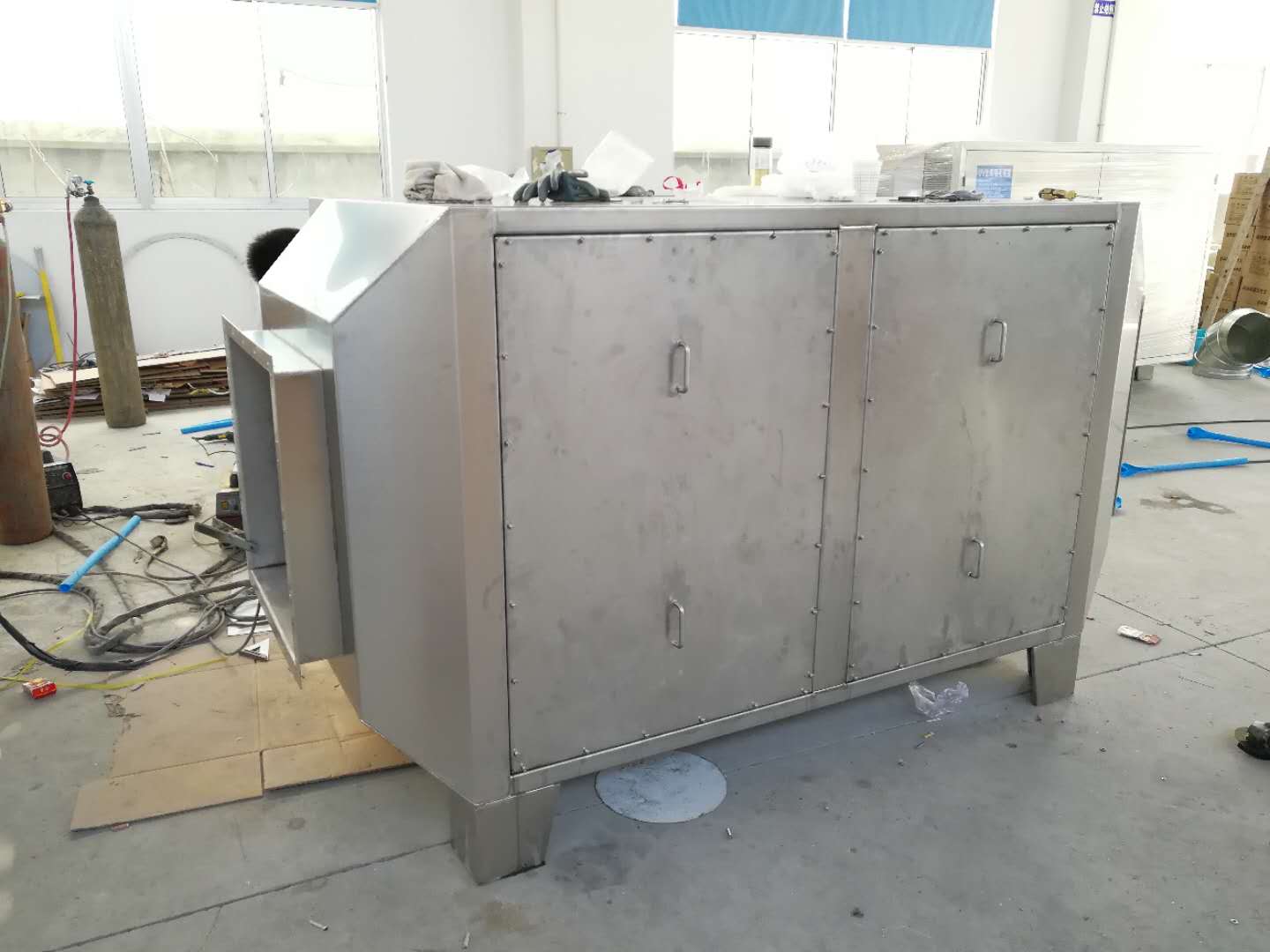
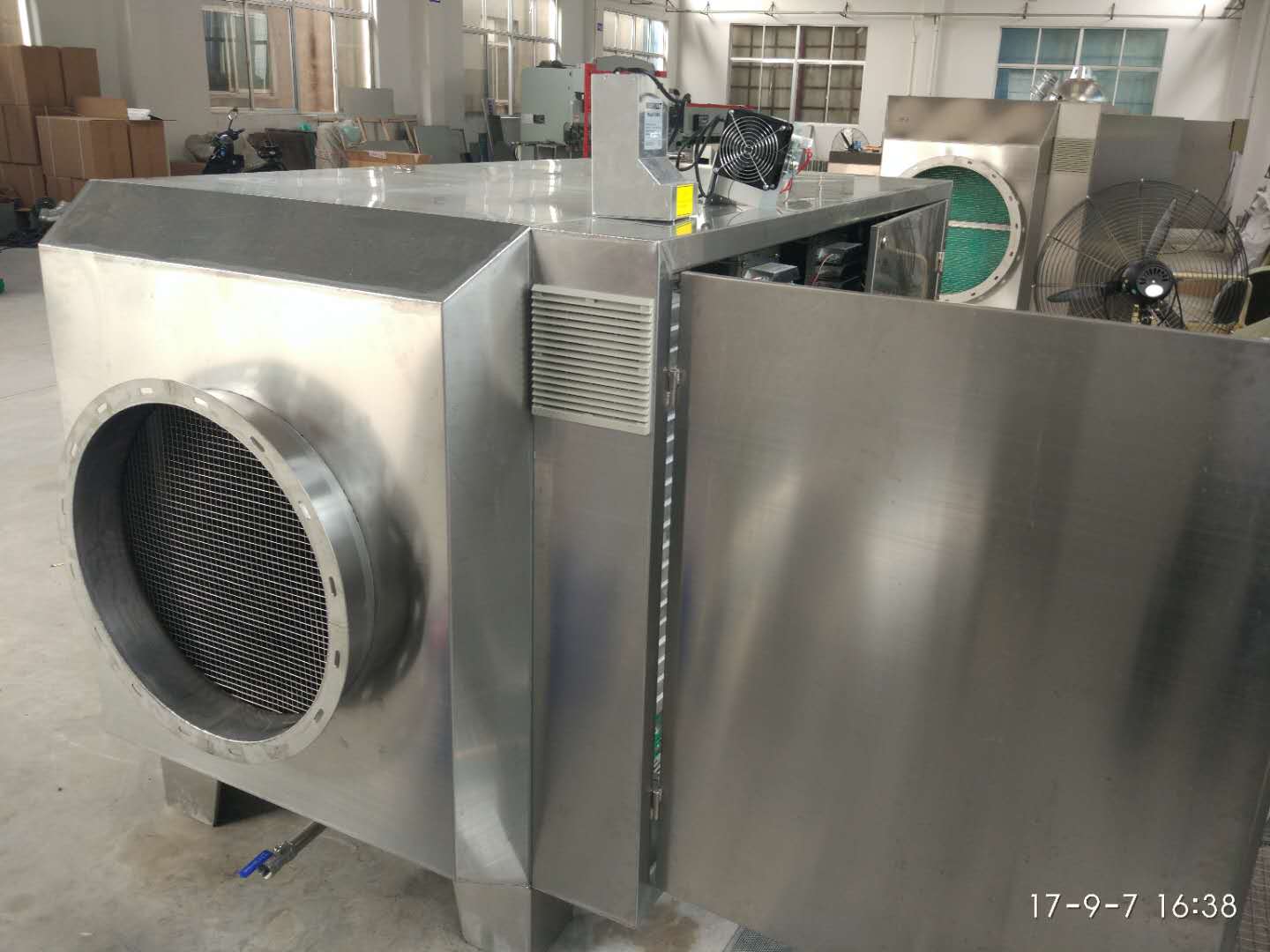
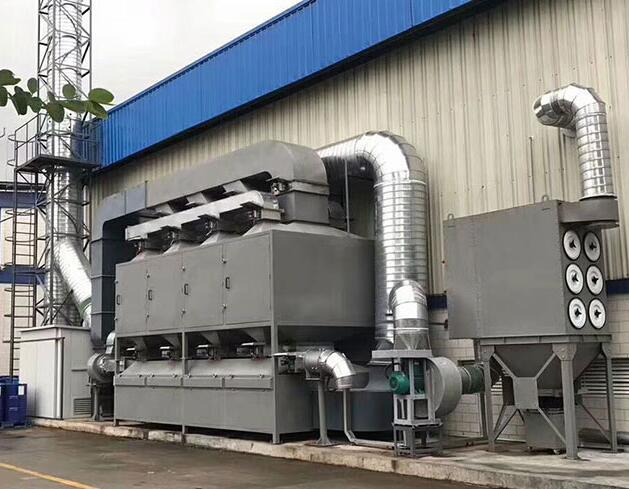

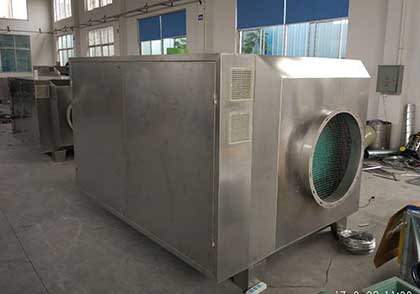 Photoionization Composite Waste Gas Treatment Equipment
Photoionization Composite Waste Gas Treatment Equipment Electrically Heated Catalytic Combustion Equipment
Electrically Heated Catalytic Combustion Equipment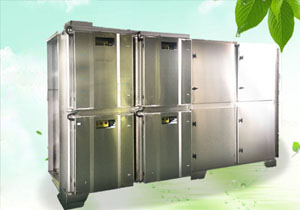 UV Photolysis Activated Carbon Integrated Machine
UV Photolysis Activated Carbon Integrated Machine UV photolysis plasma integrator
UV photolysis plasma integrator Flue gas treatment equipment
Flue gas treatment equipment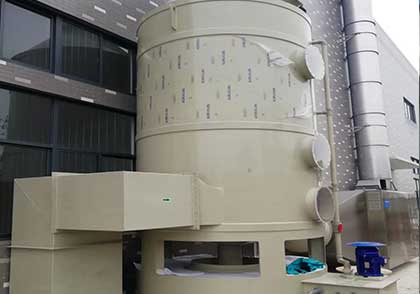 Washing Tower Waste Gas Treatment Equipment
Washing Tower Waste Gas Treatment Equipment Plasma waste gas treatment equipment
Plasma waste gas treatment equipment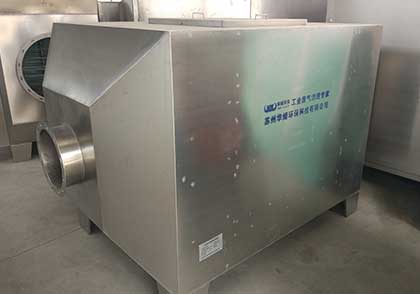 Activated carbon adsorption Purification device
Activated carbon adsorption Purification device


 Mobile access
Mobile access